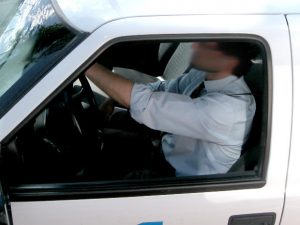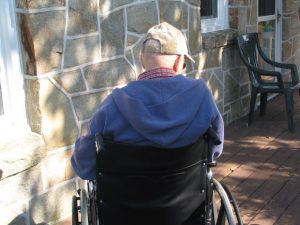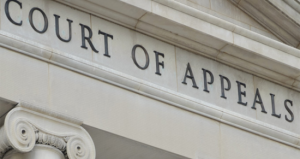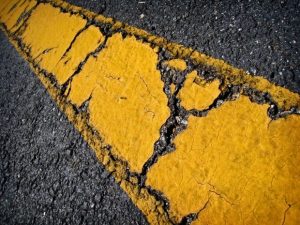One would assume that proving someone caused a crash would be sufficient to establish liability to compel them to pay for it. As the case of Minnegren v. Nozar shows, though, that’s not always true.
The driver in this case admitted his error in judgment resulted in a crash that caused plaintiff’s injuries. Open-and-shut liability then, right? But the question became whether he breached his duty of care. The appeals court held that when there is evidence a driver used at least some care, there can be a finding that he may have acted reasonably – and therefore did not breach duty of care – even if his actions ultimately led to a car accident.
These kinds of legal gymnastics show you that there are some really good defense attorneys working in personal injury law – which means you can’t take your chances with a mediocre lawyer to represent your interests. At Associates and Bruce L. Scheiner, Attorneys for the Injured, our experienced traffic accident attorneys are committed to making sure our clients’ rights are protected and that they have the best possible chance at a successful claim for compensation. At the end of the day, those injured in a collision caused by another driver shouldn’t have to be responsible for burdening costs associated with recovery, lost wages or ongoing care. Continue reading ›
 Florida Injury Lawyer Blog
Florida Injury Lawyer Blog


























